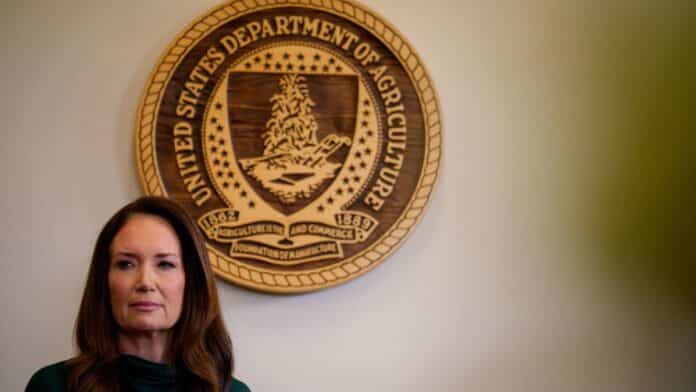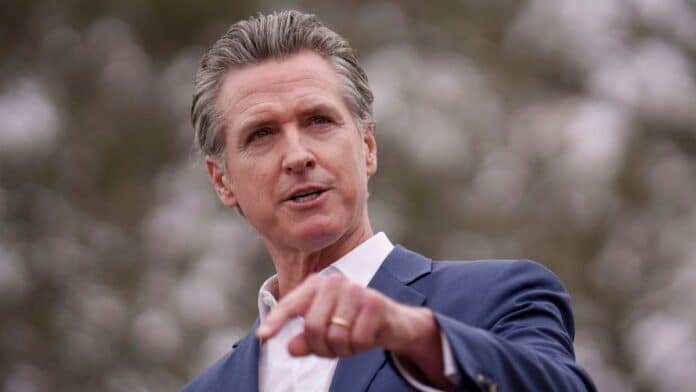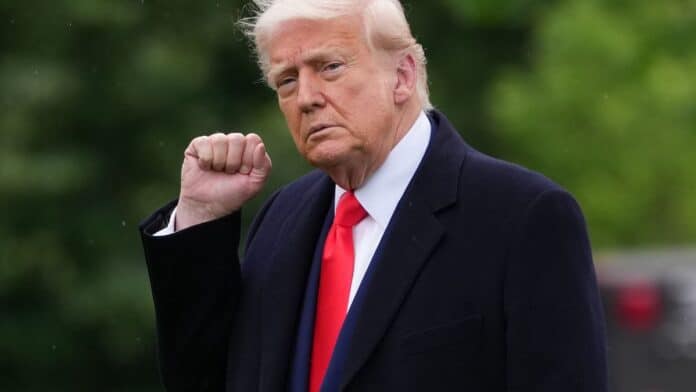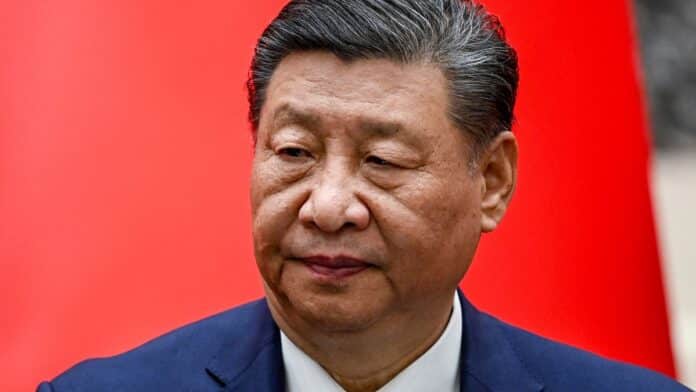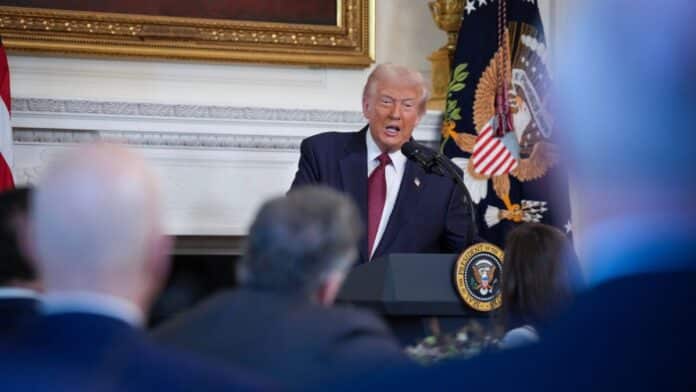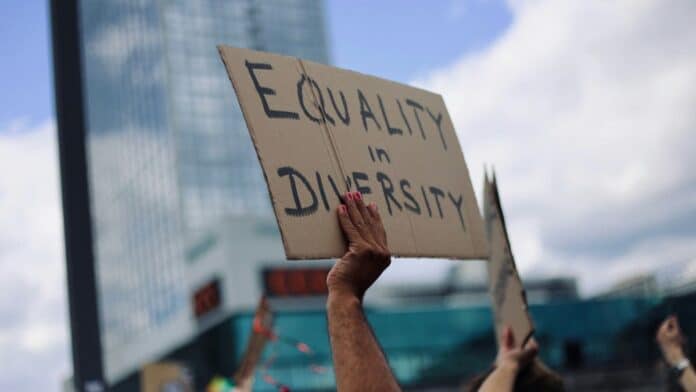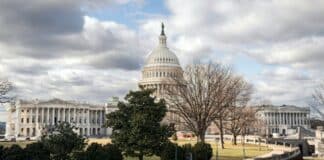The Department of the Treasury announced that its Office of Foreign Assets Control (OFAC) and the Financial Crimes Enforcement Network (FinCEN) imposed sanctions on 27 entities linked to criminal networks.
The move, made in partnership with the Mexican government, targets the Hysa Organized Crime Group and numerous Mexico-based gambling establishments involved in cartel-related money laundering schemes.
“The United States and Mexico are working together to combat money laundering in Mexico’s gambling sector. Our message to those supporting the cartels is clear: You will be held accountable,” said Treasury Under Secretary for Terrorism and Financial Intelligence John K. Hurley. “We thank the Government of Mexico for its strong partnership in this effort.”
According to the Treasury Department, the Hysa Organized Crime Group(HOCG), which includes family members Luftar Hysa (Luftar), Arben Hysa (Arben), Ramiz Hysa (Ramiz), Fatos Hysa (Fatos), and Fabjon Hysa (Fabjon) has extensive influence in Mexico-based businesses to launder the proceeds of narcotics trafficking. The HOCG is believed to “operate with the consent of the Sinaloa Cartel, which maintains criminal control over much of the territory where the group conducts its activities,” the press statement explained.
Last month, the OFAS sanctioned Mexican individuals and companies connected to the Sinaloa Cartel. The sanctioned entities supplied illicit fentanyl precursor chemicals to the cartel’s Los Chapitos faction.
The Treasury Department said at the time that the Los Chapitos have “consistently procured precursor chemicals, overseen illicit laboratories, and managed drug distribution.” The effort aligned with the State Department designating the Sinaloa Cartel as a Foreign Terrorist Organization and as a Specially Designated Global Terrorist.



